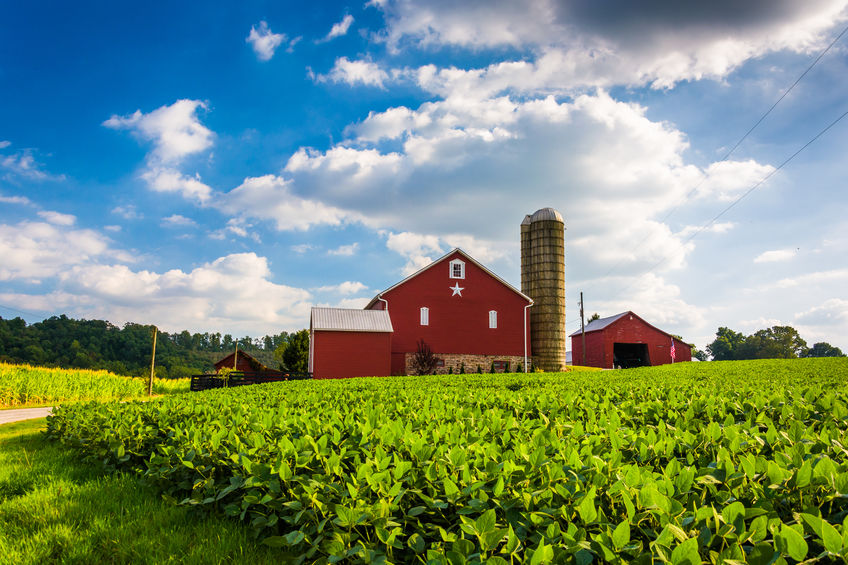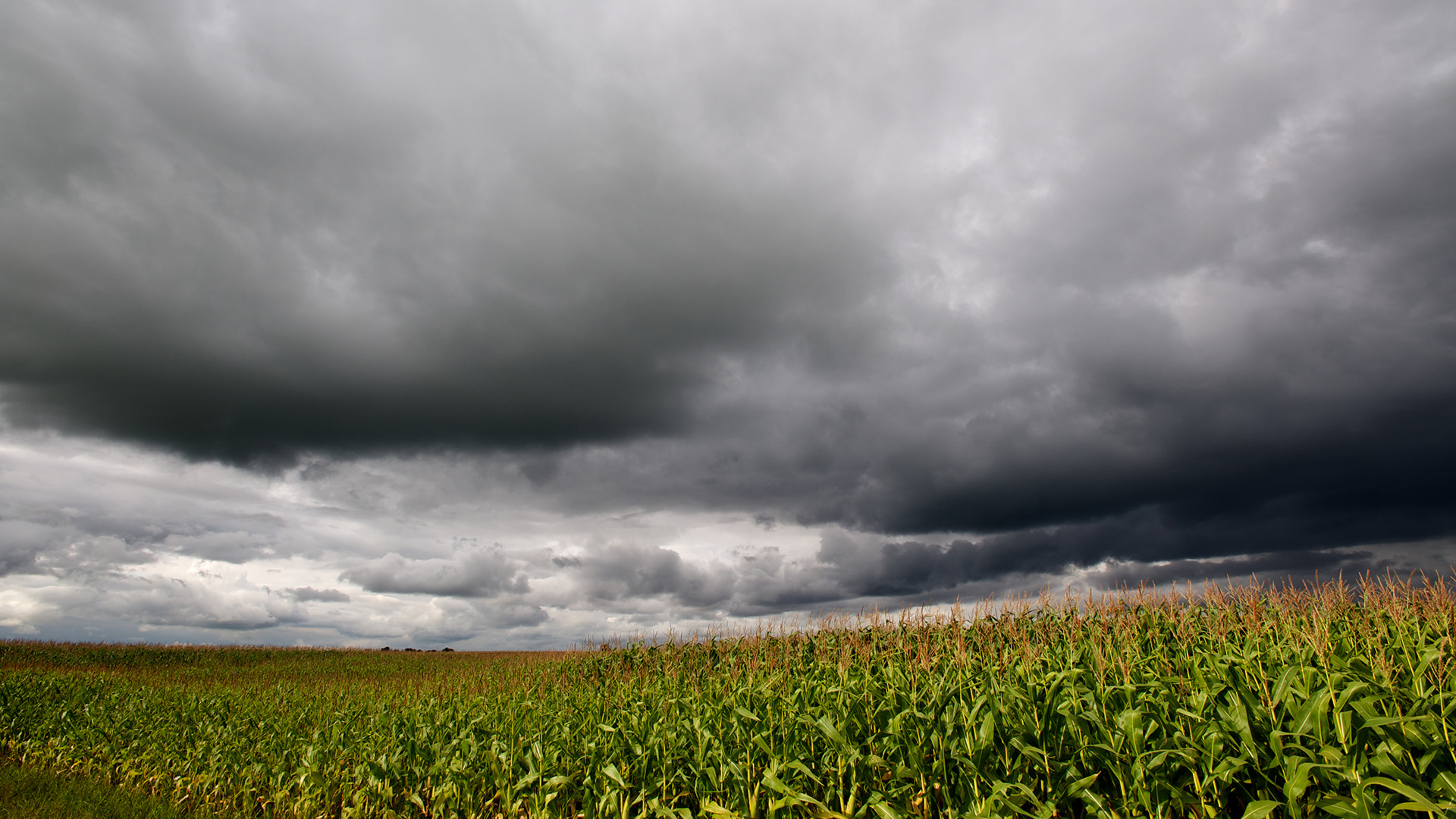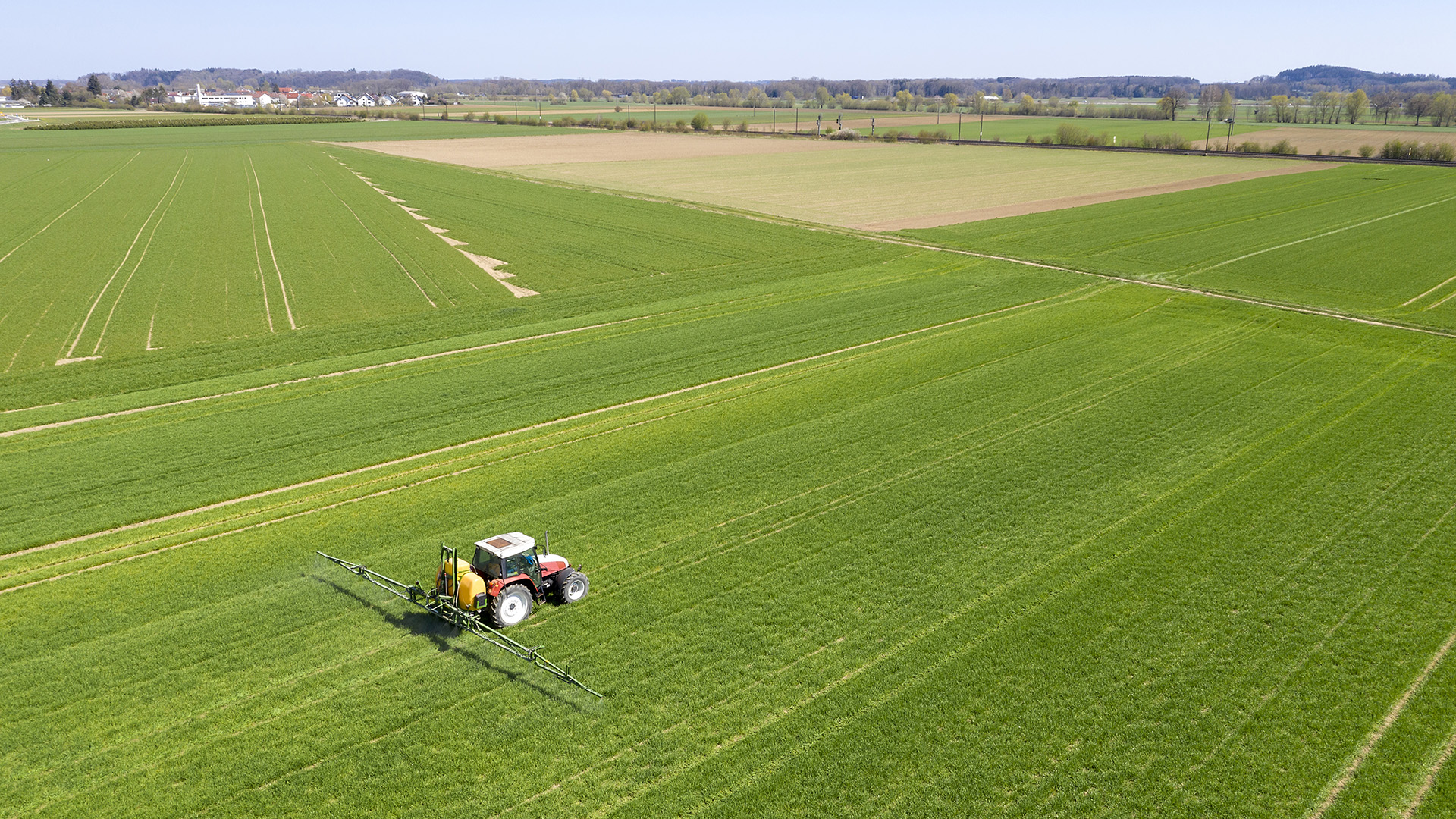The cultivation of vegetables is an intensive production system that extracts large quantities of nutrients from the soil. The use of cover crops is a sustainable method to restore soil quality. In a 2016 survey by the Conservation Technology Information Center (CTIC), it was proven that cover crops increased corn yields by nearly 2% and soybean yields increased to almost 3%.
In general, cover crops are not harvested to be marketed, but to sustainably improve the results obtained from crops for commercial and soil purposes.
Most farmers would like to avoid long periods of rest with fallow land to restore soil nutrients, and rotation with cover crops is an option that allows maximum production of vegetables while improving soil quality.
Benefits of Cover Crops
Cover crops can be used to prevent soil erosion, improve soil quality, and prevent nutrient leaching, among other benefits. Each farmer determines the benefit they want to achieve, depending on their needs.
- Protect the soil against erosion. Soils in arid climates often contain high levels of ductile sand and silt particles that contribute to erosion caused by wind and water.
- Cover crops control the weeds.
- They control the leaching of nutrients. Cover crops can protect the environment from nitrate leaching by trapping residual nutrients left in the soil after harvesting the crop that will be marketed and recycling them for the next crop.
- They increase the population of microorganisms in the soil. Cover crops can improve biodiversity, increase the population of microorganisms that inhabit the land, and build a more flexible and stable system that ensures long-term productivity.
- Certain species of cover crops are more effective than others to maintain the integrity of the topsoil. The cover crop prevents erosion, reduces soil compaction, adds organic matter, and increases water filtration.
Types of Cover Crops
There are many options for farmers in terms of the types of cover crops they can use. You’ll have to decide which is best for you based on the crops you are planting in the future. Ask yourself these questions:
- Does it require adding nutrients, avoid the leaching of nutrients, improve soil structure, or alleviate pest problems?
- How does the crop behave with the current tillage and cultivation practices?
- What types of insecticides and herbicides are you using?
The quantity and availability of nitrogen obtained from a cover crop will vary greatly.
Plants can only absorb nitrogen in the form of nitrate, which has a lot of mobility in the soil. Rain and water movement in the soil can cause nitrate to move deeper, away from the roots of crops.
You’ll need to determine the water patterns in your soils and the probability of leaching nutrients, before planting the crop for commercial purposes. Some examples of cover crops include clover (red, giant, sweet, crimson), hairy vetch, winter pea, cowpea, alfalfa, and soybeans.
A non-legume plant such as rye, annual Ballico grass, oats, wheat, Sudangrass grass, and buckwheat, do not fix their own nitrogen. These types of cover crops are excellent for absorbing excess nutrients in the soil, producing biomass in the plants and improving the topsoil.
The type of protection crop is important, since its type depends on the management of pests, the sowing dates, and the rotations of the different crops.
Careful management of the different types of cover crops requires you to remain vigilant against pests, both weeds and insects. Sensibly select and manage cover crops so as not to allow viable seeds to be produced from a crop that can become weeds in the future.
Finally, it is important to remember that the use of cover crops offers producers a clear advantage in increasing soil quality. While you take steps to protect your soil, Wathen Insurance is here to help you protect your profits. Call us today at 765-676-9666.
SEO TitleCover Crops for Soil Conservation
Focus keyword:





Recent Comments